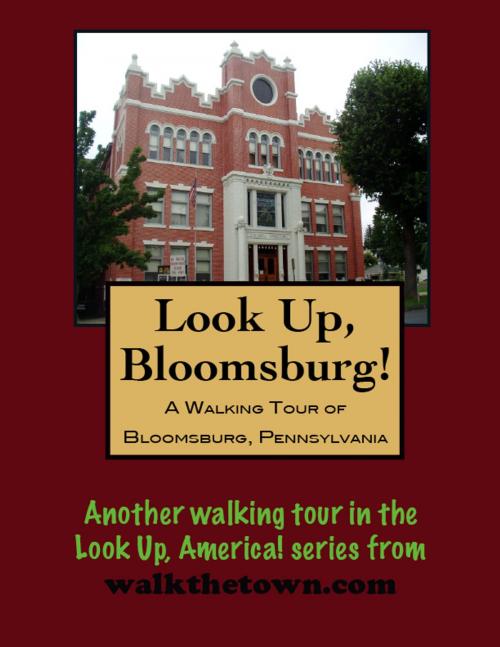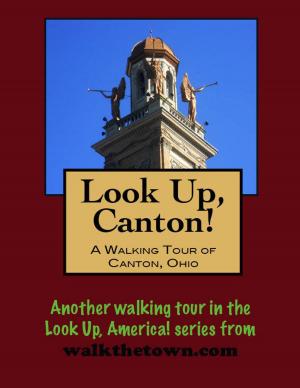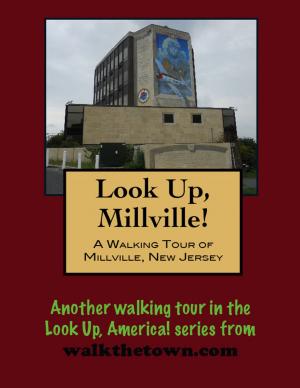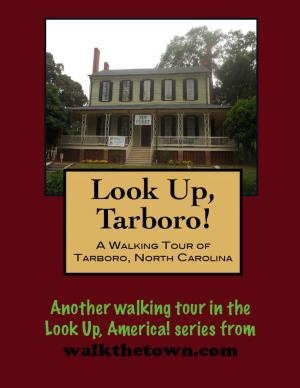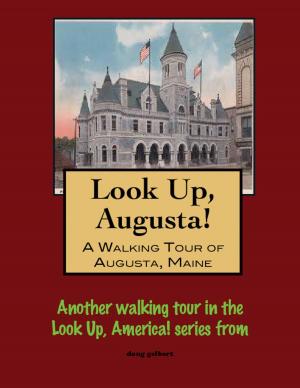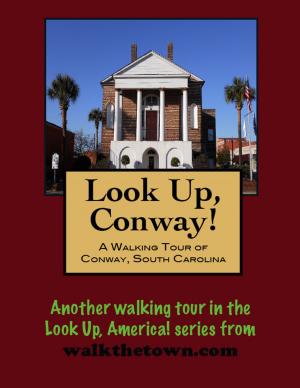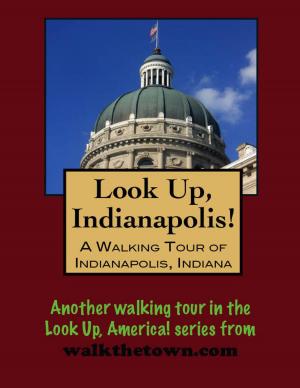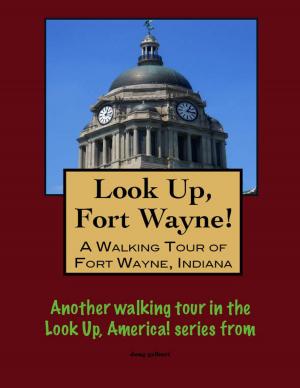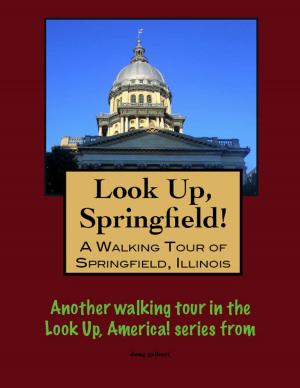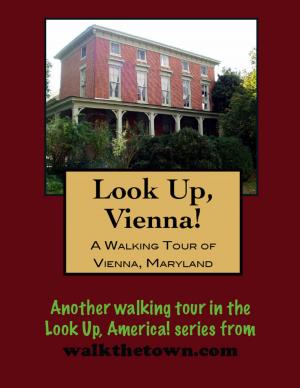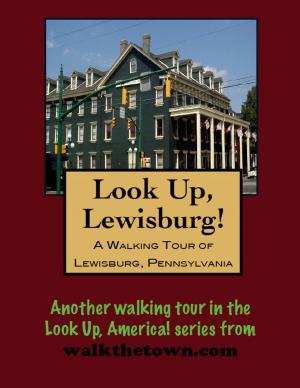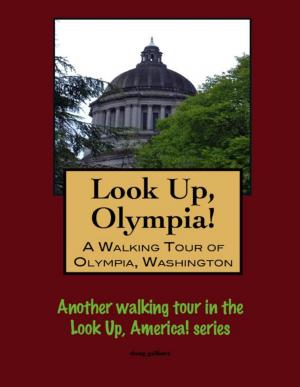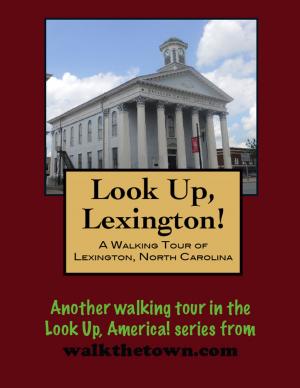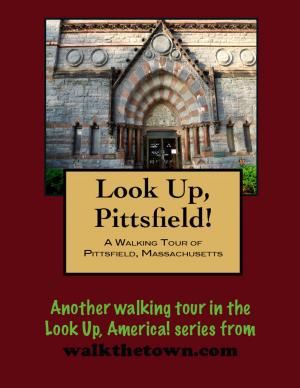| Author: | Doug Gelbert | ISBN: | 9781458020598 |
| Publisher: | Doug Gelbert | Publication: | January 29, 2011 |
| Imprint: | Smashwords Edition | Language: | English |
| Author: | Doug Gelbert |
| ISBN: | 9781458020598 |
| Publisher: | Doug Gelbert |
| Publication: | January 29, 2011 |
| Imprint: | Smashwords Edition |
| Language: | English |
There is no better way to see America than on foot. And there is no better way to appreciate what you are looking at than with a walking tour. Whether you are preparing for a road trip or just out to look at your own town in a new way, a downloadable walking tour is ready to explore when you are.
Each walking tour describes historical and architectural landmarks and provides pictures to help out when those pesky street addresses are missing. Every tour also includes a quick primer on identifying architectural styles seen on American streets.
Bloomsburg’s original town streets were laid out in 1802 by Ludwig and John Adam Eyer, confident
that the location at a regional crossroads would guarantee growth. After a slow start the village grew rapidly in the latter half of the 19th century. A majority of the buildings in the Historic District date
from that era,with a few earlier (1830-1850) and a number of 20th-century buildings. Architectural
styles are varied,from austere Federal to highly decorative Second Empire and Romanesque.
The “character” of the downtown is evoked chiefly by two- and three-story brick commercial buildings erected along Main Street before 1900. These buildings evidence a variety of 19th-century styles, but many of them have common features: narrow sash windows,ornamental brickwork, wrought-iron details,and prominent cornices (roof-line projections). The focal point of the downtown is the Market Square with its Civil War monument and Stroup Fountain. Important landmark buildings are
Bloomsburg University’s Carver Hall,Bloomsburg Town Hall,and the Columbia County Courthouse.
The adjoining residential districts,particularly on Market Street and Fifth Street,display numerous
attractive homes from the same era. Some of these are fairly grand but all were built as “liveable”
single-family homes. Several homes retain hitching-posts in front and/or small stables at the back,relics of the pre-automobile age when the homes were built.
In the 1980s the Town of Bloomsburg began a concerted effort to maintain and enhance its architectural heritage. The Town Council established a Historic District, roughly five blocks long and four wide. The Town also created a Historic Architectural Review Board to assess building-permit applications to ensure that the historic qualities of the District are preserved even in details such as the style of windows.
This walking tour will begin at Market Square and radiate in every direction...
There is no better way to see America than on foot. And there is no better way to appreciate what you are looking at than with a walking tour. Whether you are preparing for a road trip or just out to look at your own town in a new way, a downloadable walking tour is ready to explore when you are.
Each walking tour describes historical and architectural landmarks and provides pictures to help out when those pesky street addresses are missing. Every tour also includes a quick primer on identifying architectural styles seen on American streets.
Bloomsburg’s original town streets were laid out in 1802 by Ludwig and John Adam Eyer, confident
that the location at a regional crossroads would guarantee growth. After a slow start the village grew rapidly in the latter half of the 19th century. A majority of the buildings in the Historic District date
from that era,with a few earlier (1830-1850) and a number of 20th-century buildings. Architectural
styles are varied,from austere Federal to highly decorative Second Empire and Romanesque.
The “character” of the downtown is evoked chiefly by two- and three-story brick commercial buildings erected along Main Street before 1900. These buildings evidence a variety of 19th-century styles, but many of them have common features: narrow sash windows,ornamental brickwork, wrought-iron details,and prominent cornices (roof-line projections). The focal point of the downtown is the Market Square with its Civil War monument and Stroup Fountain. Important landmark buildings are
Bloomsburg University’s Carver Hall,Bloomsburg Town Hall,and the Columbia County Courthouse.
The adjoining residential districts,particularly on Market Street and Fifth Street,display numerous
attractive homes from the same era. Some of these are fairly grand but all were built as “liveable”
single-family homes. Several homes retain hitching-posts in front and/or small stables at the back,relics of the pre-automobile age when the homes were built.
In the 1980s the Town of Bloomsburg began a concerted effort to maintain and enhance its architectural heritage. The Town Council established a Historic District, roughly five blocks long and four wide. The Town also created a Historic Architectural Review Board to assess building-permit applications to ensure that the historic qualities of the District are preserved even in details such as the style of windows.
This walking tour will begin at Market Square and radiate in every direction...
